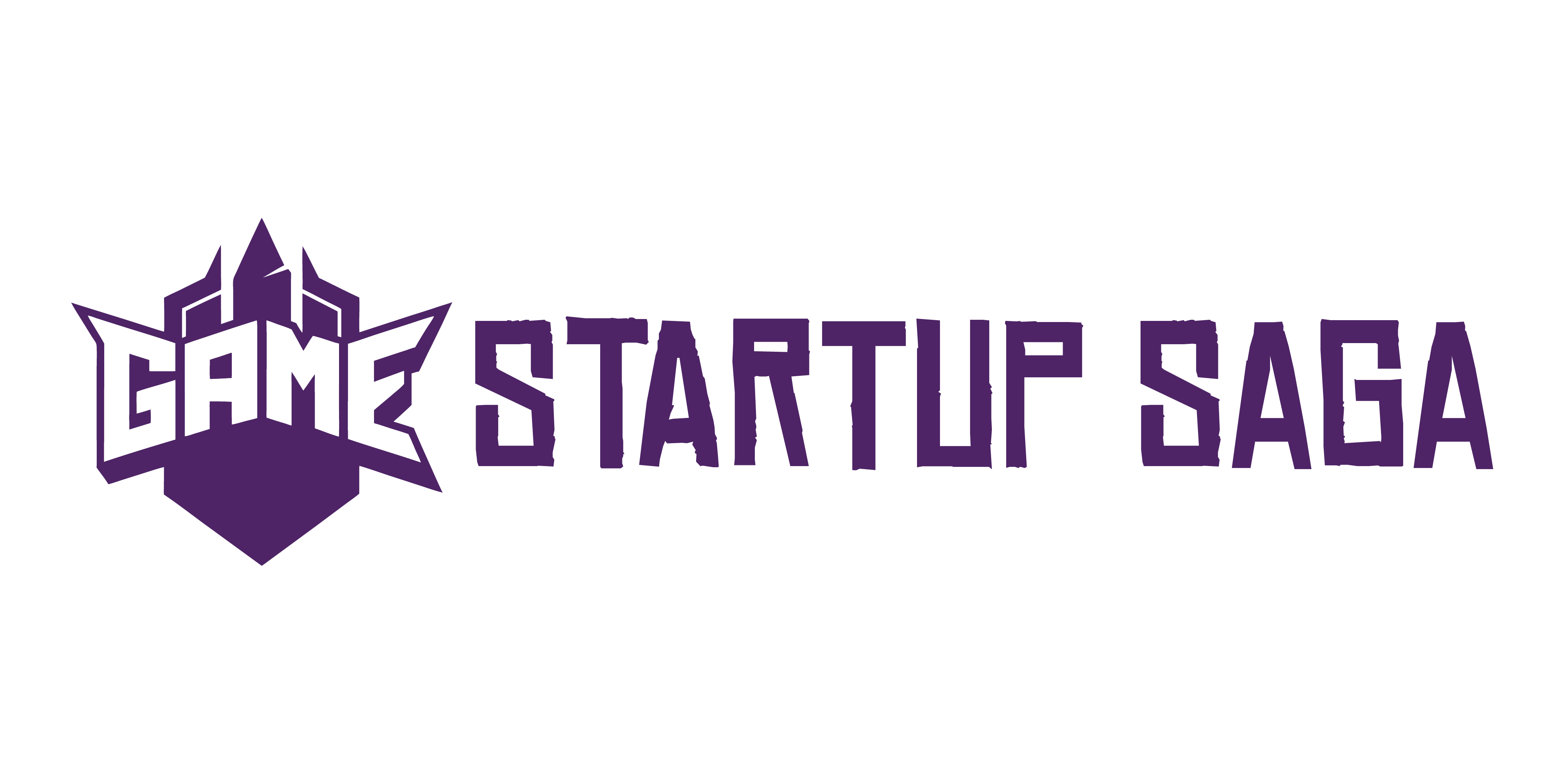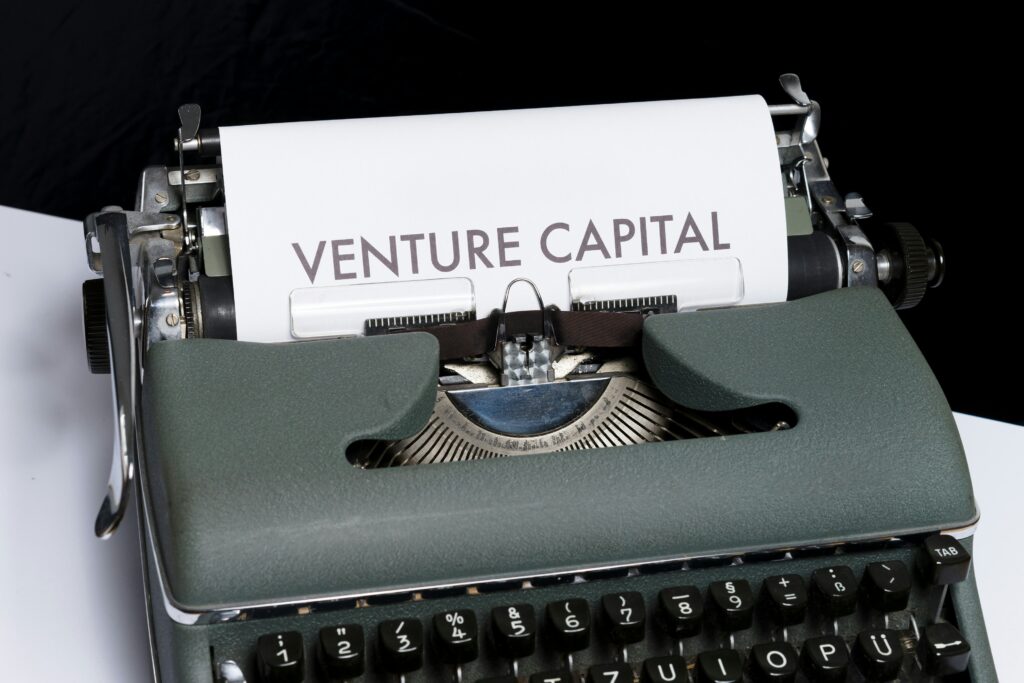Intro: Two Roads to Startup Funding
The way you fund your business isn’t a financial footnote—it sets the tone for everything that follows. From how fast you scale to how much control you keep, your choice between Venture Capital and Crowdfunding shapes your company’s DNA.
Here’s the short version: Venture Capital (VC) is when investors—usually firms or angel investors—inject large sums into your startup in exchange for equity. They’re betting big on major returns, and they’ll want a say in how things run. Crowdfunding, on the other hand, involves raising smaller amounts from a larger group of backers. Think Kickstarter or platforms like Republic for equity-based versions. It’s public, often slower, but you retain far more control.
The stakes are real. Raising VC funding can get you to market faster with serious capital firepower, but you give up a piece of your company—and maybe your autonomy. Crowdfunding keeps you closer to your customers and your original vision, but it comes with a grind: pitching, promoting, and rallying the crowd yourself.
Choosing your funding track isn’t just about money. It’s about the kind of business you want to build—and how you want to build it.
Venture Capital: High Risk, High Reward
Venture capital (VC) is where startups go when they’re aiming big and moving fast. Think high-growth, high-potential, and high-pressure. The money usually comes from VC firms or angel investors—people or groups betting on your future success in exchange for ownership in your company. They’re not just writing checks; they want a stake, seats at the table, and a reason to expect 10x returns.
So what are you giving up? Equity, for starters. A piece of your business. You’ll give up some control too—strategic decisions may need to pass through your investors, and regular reporting becomes non-negotiable. The upside? Capital. Real capital. Enough to scale fast, build a team, invest in tech, and move before the market catches up. Plus, you get experience and network value that money alone can’t buy—introductions to partners, future acquirers, even your next round of investors.
This route isn’t for everyone. But if you’re building something technical, scalable, and time-sensitive—and you’ve got experience to back it up—VC funding can be the rocket fuel you need. Just know the expectations are steep, and the climb will be vertical.
Crowdfunding: Power to the People
Crowdfunding flips the script on traditional fundraising. Instead of pitching to an exclusive room of investors, you’re out in public—sharing your idea with a crowd and asking them to back it with their wallets. Platforms like Kickstarter and Indiegogo lead the charge for rewards-based campaigns, while equity crowdfunding platforms like Republic or Wefunder allow backers to become small-time investors.
It’s not free money. Running a campaign means opening up—transparently sharing your process, timeline, and vision. You’ll trade privacy for participation. You’ll give energy to answering messages, creating updates, and keeping community momentum alive. It’s time-intensive, but worth it.
Here’s what you get in return: real product validation, small-to-medium injections of capital, and early adopters who double as superfans. These are people who want you to win, not just get a return on investment. For indie creators, tangible products, or anything that benefits from buzz before launch, crowdfunding isn’t just one option—it’s the right one.
Key Differences at a Glance
Choosing between venture capital and crowdfunding isn’t just about money—it’s about what kind of journey you want to sign up for.
VCs come with big checks, usually north of $500K. They move fast when they’re in, but getting to that yes takes time, meetings, and a solid pitch deck. You’ll give up equity almost every time, and with it, some control. VCs want a seat at the table, sometimes literally. And while they might bring valuable guidance and connections, they’re not building your community. They’re betting on your growth.
Crowdfunding, on the other hand, is slower to ramp. Campaigns take planning, and the funds usually come in smaller chunks. But you trade less equity—sometimes none—and you keep more control. Want to call every shot and stay close to your audience? This route does that. Plus, your backers often turn into loyal early adopters. Where VCs bring capital, crowdfunding brings community.
Neither is perfect. Both can work, depending on what you’re optimizing for: speed, ownership, control, or connection.
Which Path Is Right for You?
Before diving into a funding route, you need to ask the hard questions. First: how much capital do you really need? Not the dream number—but the number that gets you to your next milestone. VC gives you big checks, but it comes with strings. Crowdfunding is leaner and cleaner, but also slower and more labor-intensive.
Next: are you ready to give up control? Venture capital often means bringing in outside voices—and sometimes, those voices get a vote on how your startup moves. Crowdfunding brings you closer to a community, but it also demands transparency and constant updates.
Also, take a look at your bandwidth. Do you have the time and people to run a detailed, public campaign that might not even get funded? Or are you moving fast, with limited time to engage an early audience? If speed is critical, VC might get you there. If feedback and validation carry more weight, crowdfunding can serve as your proving grounds.
Finally, match your funding to your stage. In the early phase—when you’re testing ideas or building a prototype—crowdfunding can offer proof and traction. Later on, when it’s time to scale operations or expand aggressively, VC can deliver the kind of capital push you need. One isn’t better than the other. But only one may be right for where you are right now.
Hybrid Strategies: You Don’t Always Have to Choose
Some startups don’t draw a hard line between VC and crowdfunding—and they’re better for it. The smartest founders know how to use each method for what it’s best at. A common play: launch with a crowdfunding campaign to validate the idea, build a user base, and generate some early buzz. Then, once the product has traction, use that momentum to attract venture capital for real scale.
Take a hardware startup, for example. You crowdfund your first run, prove people want it, then you raise a Series A to expand manufacturing and hire talent. The crowdfunding gets you community. The venture capital gets you speed.
But blending these two roads takes finesse. Crowdfunders are often emotionally invested, expecting transparency, regular updates, and sometimes even product influence. VCs, on the other hand, want results, returns, and efficiency. Founders walking this middle path need to learn to communicate across both mindsets—enthusiastic early supporters vs. analytical investors.
The successful hybrids are clear from day one: here’s what you get, here’s what we’re building, and here’s how we evolve over time. Without that clarity, you’ll confuse both camps—and lose traction fast.
Final Verdict
There’s no universal formula for raising capital. What worked for someone else might sink you—or vice versa. That’s why the smartest founders aren’t just chasing trends; they’re aligning funding strategy with who they are and where they’re headed.
Start with clarity. What are you really building—and why? If you need capital fast and are willing to give up equity to scale hard and fast, VC might be your lane. If you’re testing waters, building community, or want to retain ultimate control, crowdfunding has its strengths.
But here’s the hard truth: you’ve got to be brutally honest about your own tolerance for risk, your team’s limits, and how much chaos you can realistically juggle. Funding isn’t just about money—it’s about momentum, expectations, and pressure. Choose the wrong fit, and even a successful round can undo you.
Still unsure? Take some time to understand the bigger landscape before you decide. Especially if you’re in gaming or tech, this breakdown on different funding sources might help: Understanding the Game Investment Landscape.



